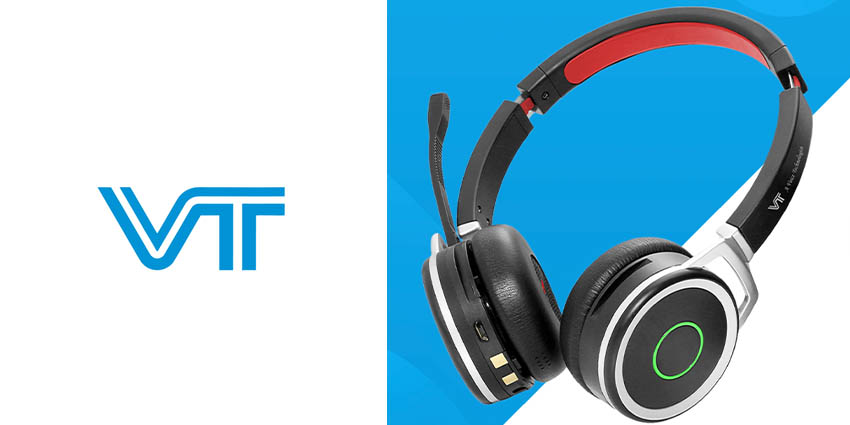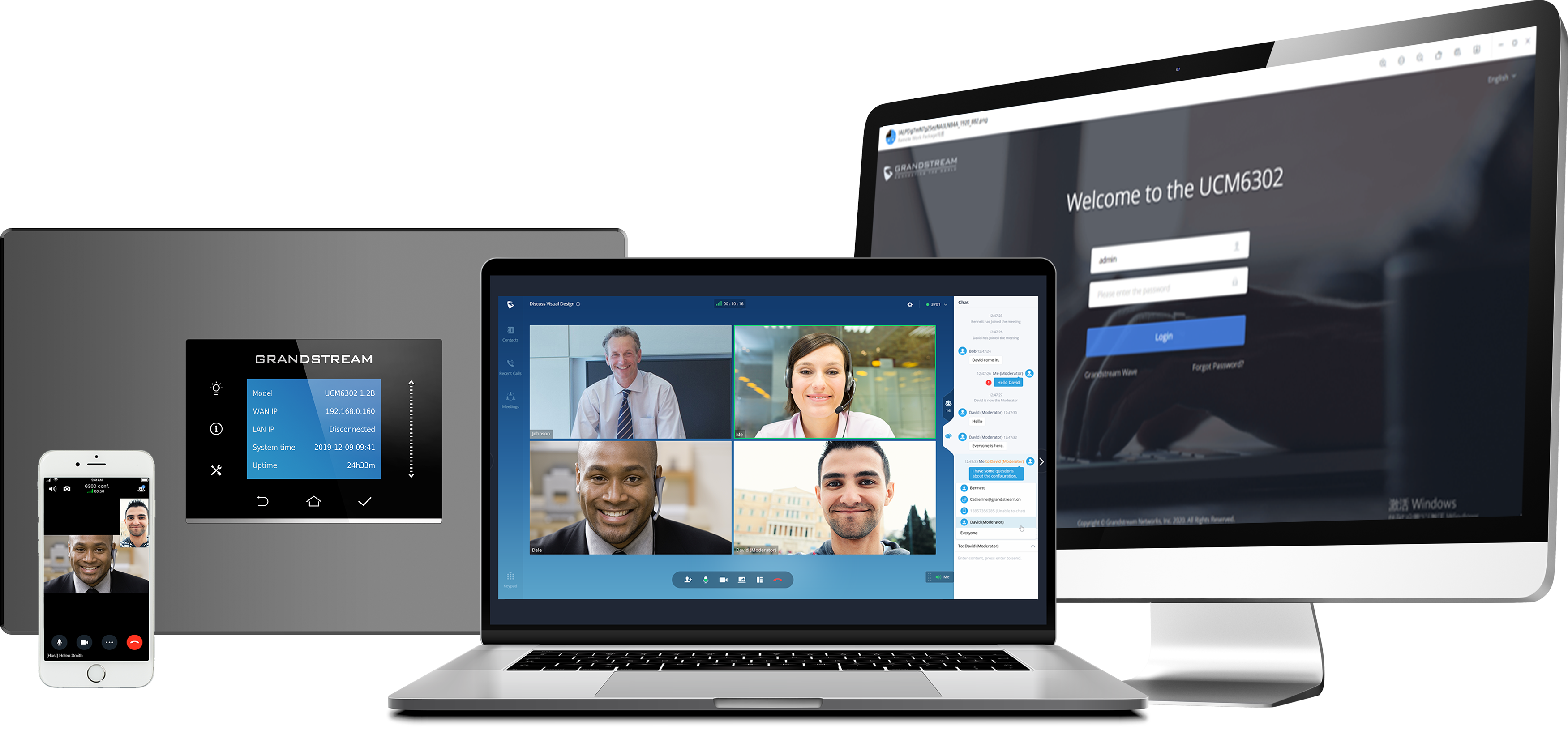You have done your research and will set up an IP communication solution. Whether you are doing it for your own business or you want to get into the installation business, it is very important to plan any installation. Complications during an installation are almost always caused by a lack of visibility and detail at the planning stage. Whether it’s your first time installation or your thousandth setup, following these setup steps will help you create the perfect setup on your first try.
Step 1: Determine the Needs of the Firm According to the Workplace
Start by learning how the company communicates and how employees work together. For example, with whom do they communicate, how often do they communicate, and how do they work together? This will help you determine the size of the installation and specific communication needs and choose the ideal IP PBX, cloud service or hosted solution. Details such as expected call volume, audio and video conferencing requirements, frequent call transfers, and call center capabilities will help you choose the right onsite or hosted IP PBX for the business. This will also assist in deciding the ideal endpoints that the firm will need, and we will expand that point in step 2.
Then find out how big the companies are, where employees are working within the company, and potential security needs. For example, if mobility is an important factor, Wi-Fi hotspots will be needed to facilitate such a workspace. Security is another important issue that will arise from this. For a building that needs to restrict access to certain areas, facility access systems are an ideal device for installation. As another example, companies may need the ability to announce both company-wide and region-specific announcements using IP intercoms or loudspeakers.
Step 2: Establish User Requirements
Once you learn about how companies communicate and their structures, build on it by developing user requirements. First, divide users into different categories and start configuring the communication requirements of each category. For example, there may be sales, reception, and floor staff categories in a company. Requirements for each user group may look like this:
Sales – Desktop primary, medium call volume (2-3 calls at a time), BLF and speed dial functionality, transfer, audio conferencing, hold, headphone compatibility, large phone books, HD audio, separate video conferencing requirements
Reception – Desktop endpoint, high call volume (up to 8 calls at a time), internal module, BLF and speed dial function, transfer (attended), hold, headphone compatibility, large phonebook, HD voice, CTI application compatibility, connectable facility access points
Warehouse Floor Staff – Mobile endpoint, DECT or Wi-Fi, push to talk, belt clip, low call volume (1 call at a time), basic call handling features, panic button, HD voice
Step 3: Select Devices that meet Company, Building, and User Requirements
Our final step is to compile business needs, building notes and user requirements and create an endpoint and hardware solution. In general, we think it is best to choose the devices that make up the company and business communication needs before selecting the user endpoints. These company and business needs will help you create an initial structure so that user devices not only meet user requirements, but can also benefit from the larger collaboration, security and mobility needs of the business. Finally, carefully consider each category of users and choose two potential devices, each of which will meet or exceed all requirements.
Gathering and working on all these details may require extra patience, but it will drastically reduce the time required to fully implement the solution while increasing the satisfaction and longevity of the solution. By following these steps, you will be on the way to a successful installation.


